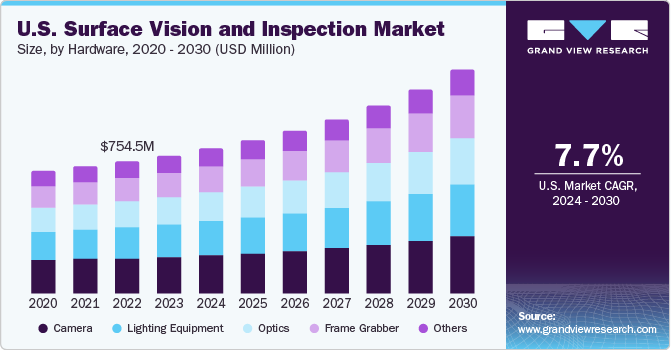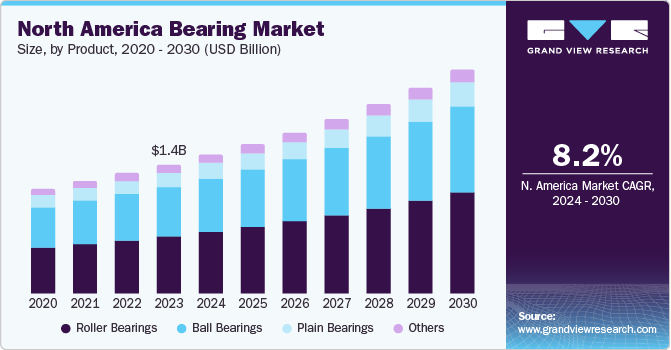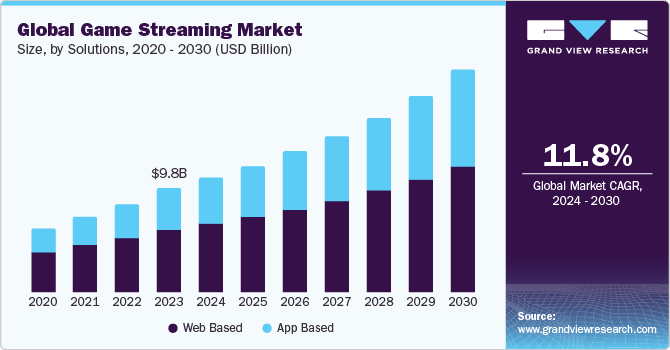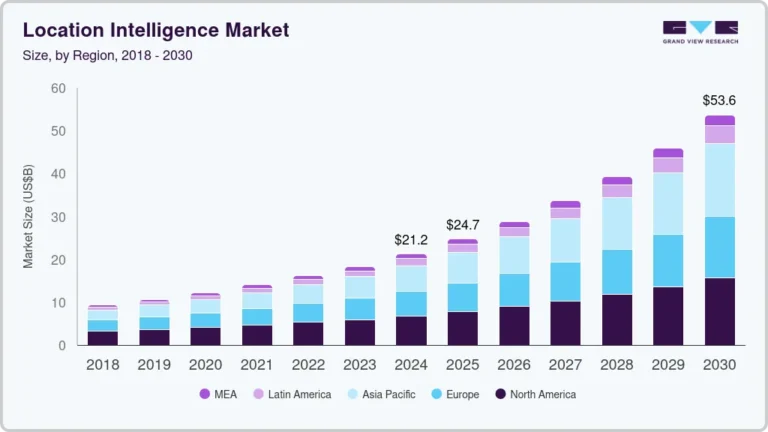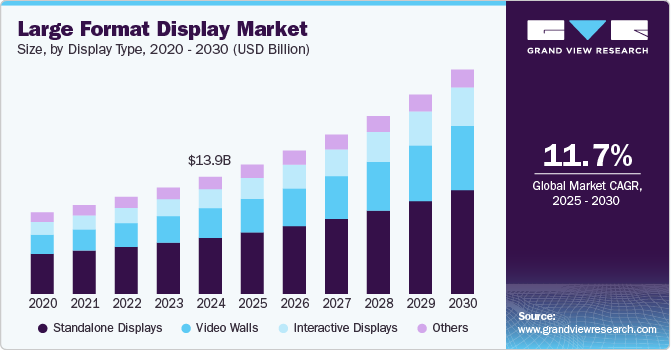Application Delivery Controller Market Size, Share & Trends Analysis growing at a CAGR of 12.9% from 2025 to 2030

The global application delivery controller market size was valued at USD 4.35 billion in 2024 and is expected to grow at a CAGR of 12.9% from 2025 to 2030. Application delivery controllers (ADC) manage and optimize the delivery of applications across complex environments, ensuring high availability, security, and performance. Traditionally, ADCs were utilized to balance traffic between servers, but modern solutions have evolved to include features such as application acceleration, SSL offloading, web application firewalls (WAF), and security against distributed denial-of-service (DDoS) attacks. The increasing number of cyber threats has made application security a top priority for organizations across industries.
Request a free sample copy or view report summary: https://www.grandviewresearch.com/industry-analysis/application-delivery-controller-market/request/rs1
ADCs equipped with security features like DDoS protection, web application firewalls, and intrusion prevention systems help organizations safeguard their applications from potential attacks. The growing demand for mobile applications and the impending rollout of 5G networks are further fueling the market, as ADCs can optimize performance and reduce latency for mobile users. Additionally, the rise of IoT devices and edge computing necessitates efficient traffic management, which ADCs can provide, enabling real-time data processing and analytics. Collectively, these factors position ADCs as essential components in modern IT infrastructures, driving their adoption and market growth.
As the number of connected devices continues to rise with the expansion of the IoT ecosystem, ADCs will play a critical role in managing the influx of data and ensuring seamless application delivery. The integration of edge computing will also drive the demand for ADCs that can operate efficiently in distributed environments, enabling low-latency application access for end-users. Overall, the ADC market is set to witness significant advancements and growth, driven by these trends and the ongoing need for secure, high-performance application delivery in an increasingly digital world.
As organizations continue to embrace digital transformation initiatives, the demand for efficient and secure application delivery solutions will only intensify. The ongoing evolution of cloud technologies, coupled with the increasing need for scalability and flexibility, will drive the adoption of cloud-native ADCs designed to cater to dynamic workloads and multi-cloud environments. Furthermore, the growing emphasis on application performance and user experience will compel businesses to invest in advanced ADC solutions that leverage artificial intelligence (AI) and machine learning (ML) for predictive analytics and automation. These technologies will enhance the ability of ADCs to adapt to changing traffic patterns and optimize resource allocation in real time.
Deployment Insights
Hardware-based ADCs accounted for the largest share of over 59% in 2024. Hardware-based ADCs are engineered to deliver superior performance compared to software-based solutions. By leveraging dedicated hardware components, such as Application-Specific Integrated Circuits (ASICs), these devices optimize data processing and traffic management. This specialized architecture enables faster packet processing, resulting in lower latency and higher throughput. As a result, hardware-based ADCs are particularly suited for organizations that experience high traffic loads and require reliable performance for mission-critical applications. With the increasing reliance on real-time applications-such as video conferencing, online transactions, and cloud services-businesses need solutions that can handle intensive workloads without compromising efficiency. Consequently, the demand for high-performance hardware-based ADCs is on the rise, as organizations seek to ensure seamless application delivery, maintain high user satisfaction, and support the growing complexities of their IT environments.
Virtual ADCs are expected to grow steadily over the forecast period. The rapid migration of businesses to cloud environments has significantly boosted the adoption of Virtual Application Delivery Controllers (ADCs). Virtual ADCs seamlessly integrate with cloud-based infrastructures, allowing organizations to deploy them quickly and efficiently without the constraints of physical hardware. This capability enables businesses to scale their application delivery resources dynamically, adapting to fluctuating workloads and ensuring optimal performance. As organizations increasingly embrace hybrid and multi-cloud architectures, the need for effective application delivery solutions across diverse platforms becomes critical. Virtual ADCs provide the flexibility required to manage applications spread across various cloud environments while maintaining consistent performance and security. Their ability to optimize traffic, accelerate application delivery, and enhance user experience further drives their adoption. Consequently, virtual ADCs have emerged as essential components in modern IT strategies, helping organizations meet the demands of a rapidly evolving digital landscape while maximizing the benefits of cloud services.

